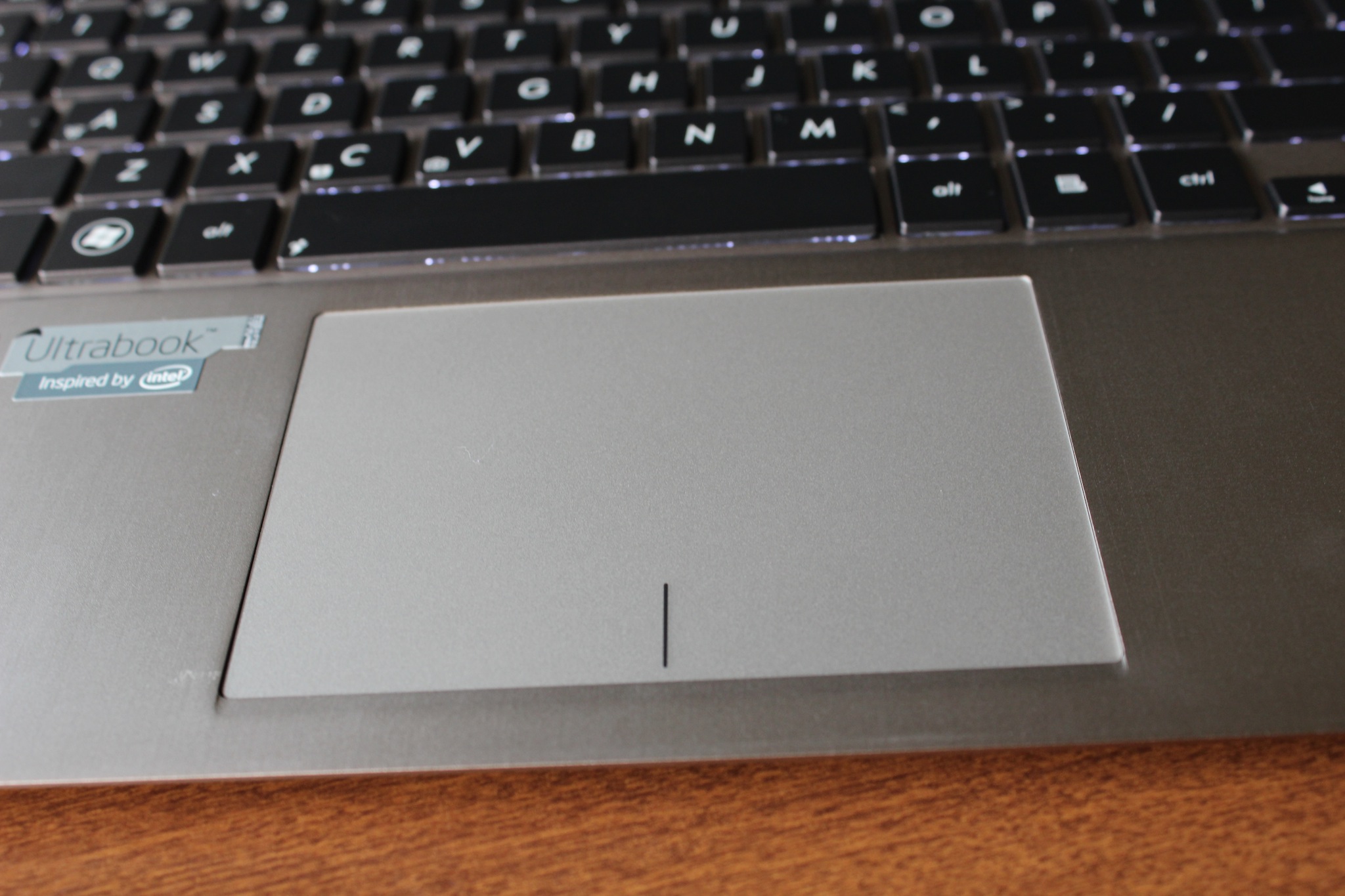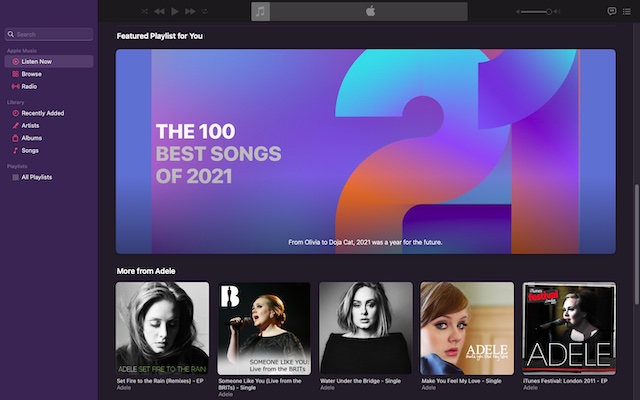

- ITERM2 SCROLL WITH TRACKPAD HOW TO
- ITERM2 SCROLL WITH TRACKPAD FULL
- ITERM2 SCROLL WITH TRACKPAD WINDOWS
This helps you remember which entries have been dealt with as you go through errors and warnings in your compiler output. You can right-click on an entry in Captured Output to open a menu, which contains a single item: "Toggle Checkmark".

This is where the capture groups in the regular expression from step 1 become useful. This coprocess command assumes you are at the command line, and it enters a command to open the offending file to the line number with an error. An example command is: echo vim \1 sleep 0.5 echo \2G It is a command for iTerm2 to exceute as a Coprocess when you double-click an entry in the Captured Output tool. The Trigger created in step 1 takes an optional parameter. Step 5: Open the file containing the error iTerm2 scrolls to display the line and briefly highlights it in blue. Step 4: Examine the Captued Output toolĪny errors or warnings that appear in the compiler output will appear in the Captured Output tool. It spits out thousands of lines of output. Enable the Toolbelt > Captured Output menu item to ensure it is visible. Open the Toolbelt by selecting the menu item Toolbelt > Show Toolbelt. The following regular expression matches errors and warnings from Clang: ^(+):(+):+: (?:error|warning): Clang's errors look like this: filename.c:54:9: error: use of undeclared identifier 'foo' Here's how you would use Captured Output to assist with this task: Step 1: Create TriggersĬreate a Trigger with the Capture Output action that matches your compiler's errors and warnings. You'd like to examine each one and take some action on it. Suppose you run make and get thousands of lines of output, some of which may contain errors or warnings. One way to use Captured Output is to view compiler output. You can adjust this in Prefs > Profiles > Terminal > Scrollback lines. The default of 1000 may not be sufficient.
ITERM2 SCROLL WITH TRACKPAD FULL
Shell Integration must be installed because Captured Output ties in to command history.Įnsure you have enough scrollback history to contain the full output of your build command. Double-clicking on a line in the Captured Output tools run a user-defined Coprocess. When the user clicks on a line in the Captured Output tool, iTerm2 scrolls to reveal that line. When one is found, the entire line is added to the Captured Output tool. A Trigger whose action is Capture Output looks for lines of output that match its regular expression. It works in conjunction with user-defined Triggers. What does it do?Ĭaptured Output is a tool that may be added to iTerm2's toolbelt (a view on the right side of terminal windows).

I also use X11 (XQuartz) all day as well as terminal sessions, with various Linux, Solaris, AIX X11 displays being sent back to my iMac at work, frequently using gvimdiff.ITerm2 has a feature called "Captured Output" which helps you find and track important lines of output from logs, build processes, and such. NOTE: I have nothing against X11 and xterm. It has an option to automatically load anything selected into the copy/paste buffer. It will allow you to define what a double-click selection thinks is a word.
ITERM2 SCROLL WITH TRACKPAD WINDOWS
ITerm will give you Tabbed windows just like Terminal (actually had Tabbed windows years before Terminal.app). an older but still viable version (I used this on my Snow Leopard 10.6.8 system) I have been using as my terminal emulator for years, and at work I live in terminal sessions, ssh'ed into various Linux, Solaris, AIX platforms. Instead of using X11 and xterm, consider giving iTerm a try. " setting, as that may affect the Terminfo database entry, which Vim uses to decide on what it does with various keyboard escape keys for input as well as displaying output (not sure if that would affect scrolling input, but it is worth a shot). And try things like changing the "Declare terminal as.
ITERM2 SCROLL WITH TRACKPAD HOW TO
But you should at least look through the various Terminal -> Preferences to see if there is any configuration option that is telling the Terminal how to treat scroll operations. While I do not have Yosemite up and running at the moment, I cannot actually play with Yosemite Terminal.app.


 0 kommentar(er)
0 kommentar(er)
